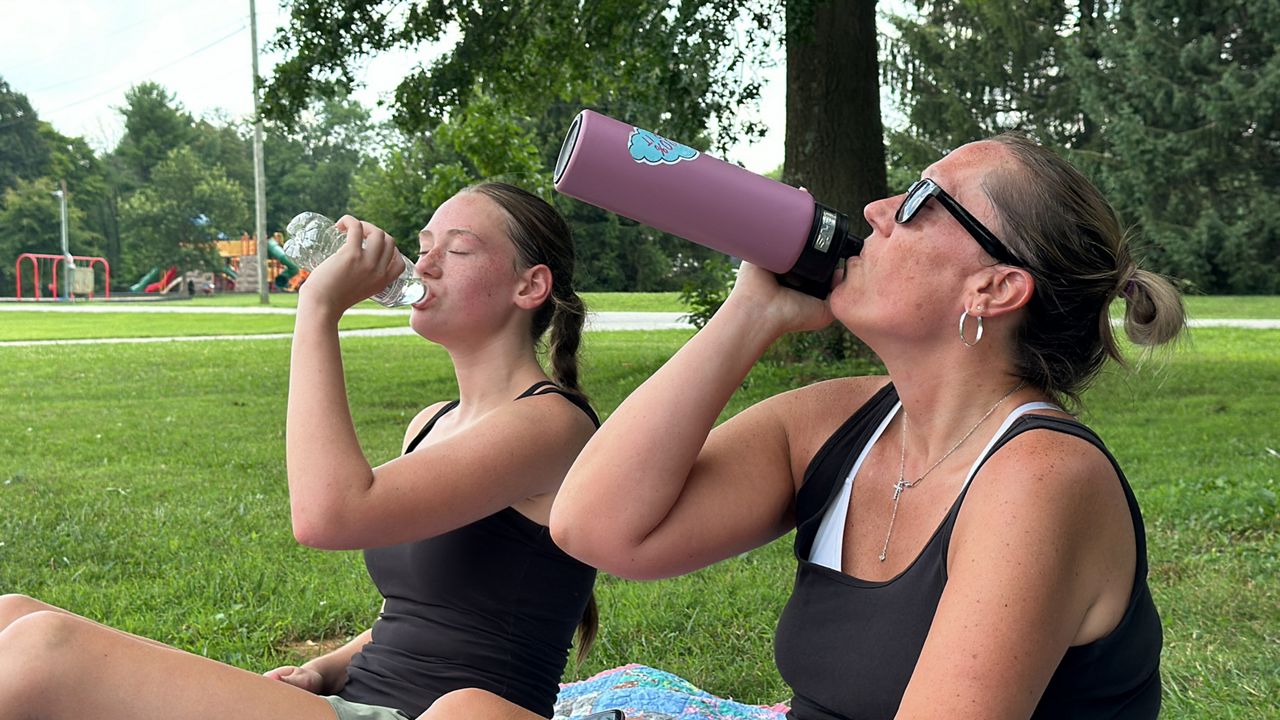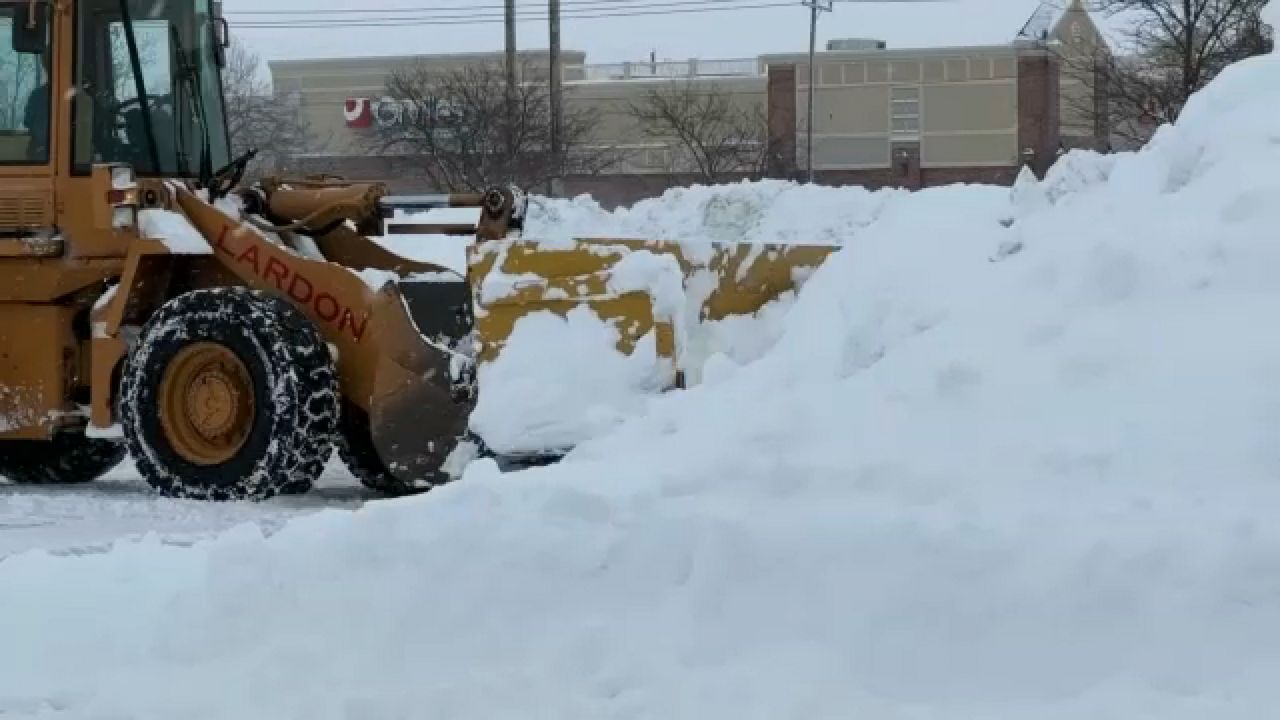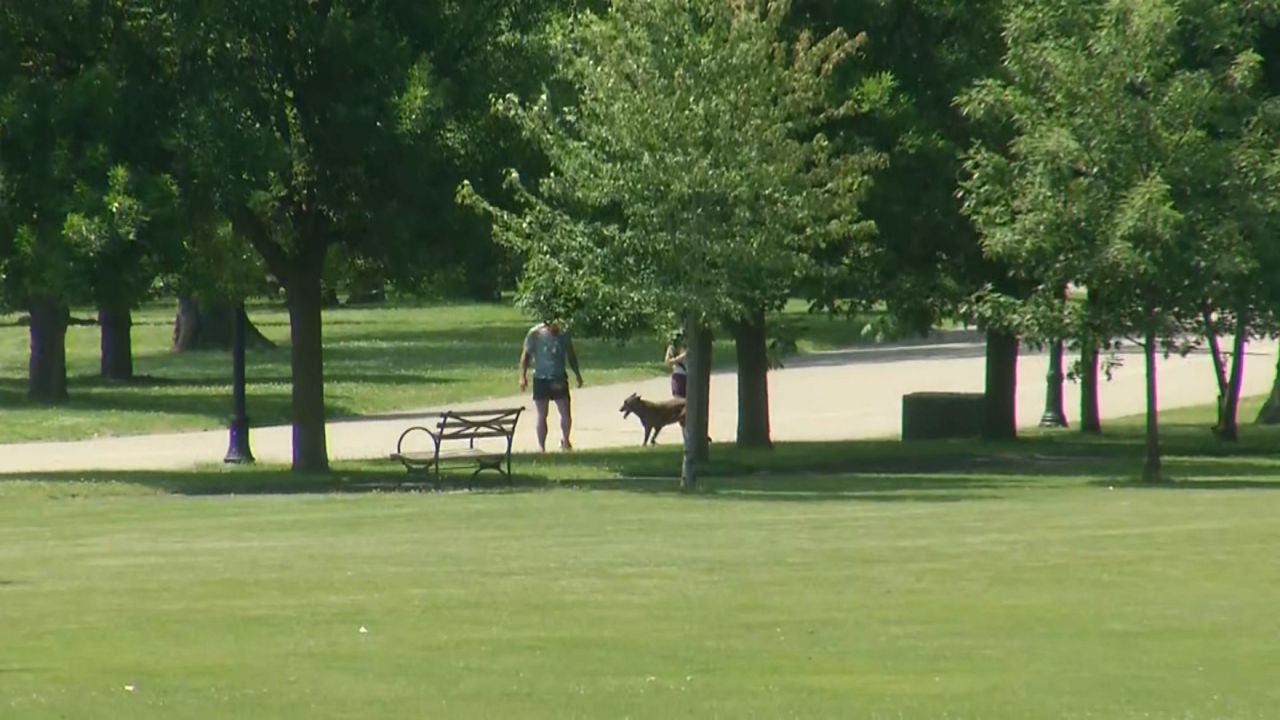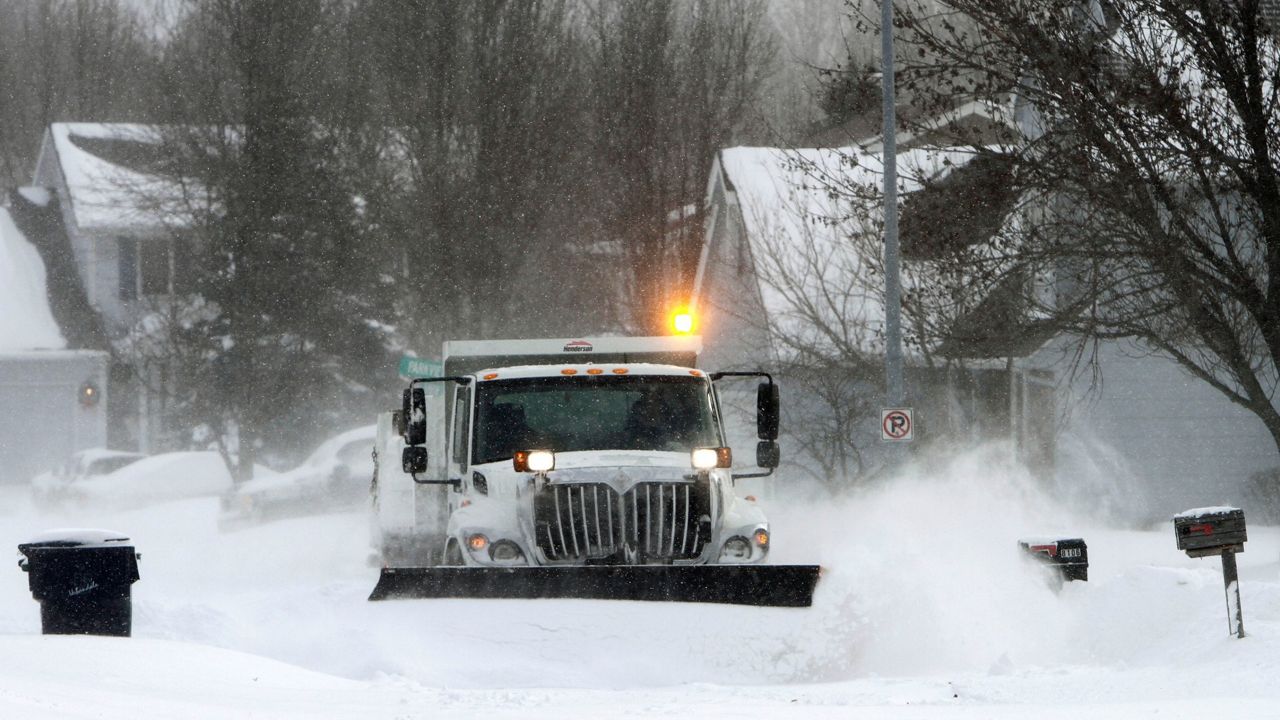It seems that ahead of every potential snowstorm, I see exaggerated and made-up posts flooding social media.
So how do you know what’s true and what’s not? I’m here to help!
Just like anything you see on social media, you need to be careful what you believe. Social media can be an extremely useful tool to get information out to a lot of people in a short amount of time.
As good as it can be, it can also turn bad quickly. Social media has made it easy for anyone with a keyboard to become a meteorologist. Why would they do that you ask? Some do it for likes or views to their page.
This may seem harmless, but in the long term, it makes viewers doubt what is real vs. fake. This can be dangerous in a life or death weather situation.
When bad winter weather is heading our way, it is easy to get freaked out when you see a post on Facebook or Twitter claiming that multiple feet of snow is expected.
Here are a few pointers to remember when looking at posts in order to determine their validity.
1) Is the post written by a reputable source? A certified meteorologist is the only person who should be putting out weather data on social media. Examples of who you can trust include your local National Weather Service office or your local TV meteorologist.
2) Does the post share a forecast for more than seven days out? If so, it probably is not accurate or may not be true. A good rule of thumb for a meteorologist, especially in TV, is to not post anything on the internet that is too far away. Weather models change, forecasts change, and until a forecast is nailed down, it is irresponsible to share.
3) Is the forecast graphic dated? Many people who post for the wrong reasons will share images that at one time were very true, but they change the date and time as a way to make them look real. Be sure to look before you share on your page.
4) Facebook Lives done by a meteorologist are a great way to get information in real-time. They also allow you to ask any questions you may have about an event that is not too far away.
In order to help you to get the most accurate information you can at the palm of your hand, be sure to follow your favorite Spectrum News meteorologist on Facebook and Twitter, and give your local National Weather Service office, emergency management office and city officials a follow.
Welcome to winter!









